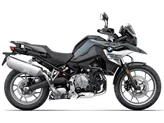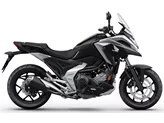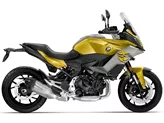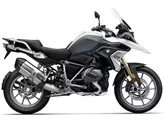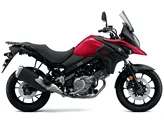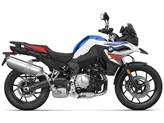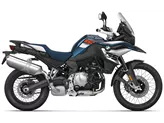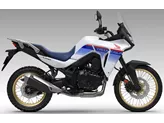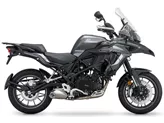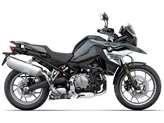BMW F 750 GS 2018 vs. Triumph Tiger 800 XC 2016

BMW F 750 GS 2018

Triumph Tiger 800 XC 2016
Overview - BMW F 750 GS 2018 vs Triumph Tiger 800 XC 2016
The BMW F 750 GS 2018 and the Triumph Tiger 800 XC 2016 are both enduro motorcycles that offer a combination of on-road and off-road capabilities. While they have some similarities in terms of engine type, transmission, and rear tire diameter, there are also notable differences in their specifications and features.
In terms of engine performance, the BMW F 750 GS 2018 is equipped with a 2-cylinder in-line engine with a displacement of 853ccm. It has a power output of 77 HP and a torque of 83 Nm. On the other hand, the Triumph Tiger 800 XC 2016 features a 3-cylinder in-line engine with a displacement of 799ccm. It has a higher power output of 95 HP but a slightly lower torque of 79 Nm. Both bikes have chain transmissions.
When it comes to suspension, the BMW F 750 GS 2018 has a telescopic fork front suspension and offers preload and rebound adjustment for the rear suspension. The Triumph Tiger 800 XC 2016, on the other hand, features an upside-down telescopic fork front suspension and offers compression and rebound adjustment for the rear suspension. Both bikes have steel frames, with the BMW F 750 GS 2018 having a tubular, load-bearing engine frame type and the Triumph Tiger 800 XC 2016 having a tubular frame type.

BMW F 750 GS 2018
In terms of rider assistance systems, the BMW F 750 GS 2018 comes with ABS as its advanced rider assistance system. The Triumph Tiger 800 XC 2016, on the other hand, offers traction control in addition to ABS.
When it comes to dimensions and weights, the BMW F 750 GS 2018 has a front tire diameter of 19 inches and a rear tire width of 150 mm. The Triumph Tiger 800 XC 2016 has a slightly larger front tire diameter of 21 inches but the same rear tire width. Both bikes have a wheelbase of around 1550 mm and a seat height of around 800-850 mm. The BMW F 750 GS 2018 has a kerb weight of 224 kg, while the Triumph Tiger 800 XC 2016 weighs slightly less at 218 kg. The fuel tank capacity is 15 liters for the BMW F 750 GS 2018 and 19 liters for the Triumph Tiger 800 XC 2016.

Triumph Tiger 800 XC 2016
In terms of strengths, the BMW F 750 GS 2018 is praised for its powerful engine with a pleasant sound, comfortable seating position, stable brakes, and playful handling. It also offers an extensive range of accessories, riding modes, traction control, and LED headlights. On the other hand, the Triumph Tiger 800 XC 2016 is commended for its great three-cylinder engine with a cool sound, comfortable seating position, and easy handling. It is also capable of off-road riding thanks to its long suspension travel and comfortable chassis. It offers selectable riding modes, adjustable ABS, adjustable traction control, and extensive features.
In terms of weaknesses, the BMW F 750 GS 2018 is criticized for its very low bikini screen and inconspicuous appearance. The Triumph Tiger 800 XC 2016 is noted to be visually hardly distinguishable from its predecessor and has suboptimal wind protection. It also has footrests that may drag early with a very sporty riding style.
Overall, both the BMW F 750 GS 2018 and the Triumph Tiger 800 XC 2016 are capable enduro motorcycles with their own strengths and weaknesses. The choice between the two would depend on individual preferences and priorities in terms of engine performance, handling, rider assistance systems, and overall features.
Technical Specifications BMW F 750 GS 2018 compared to Triumph Tiger 800 XC 2016
Pros and Cons in comparison
Pros and Cons in comparison
BMW F 750 GS 2018

Anyone who regards the BMW F 750 GS merely as an entry-level bike is doing it an injustice. Although the low seat height, easy handling and pleasant engine response are indeed suitable for beginners, the "small" GS is also a lot of fun for advanced riders. The possibility of raising the F 750 GS to the level of an upper-class bike with all kinds of luxury features is unique and makes it the ultimate wolf in sheep's clothing.
Triumph Tiger 800 XC 2016
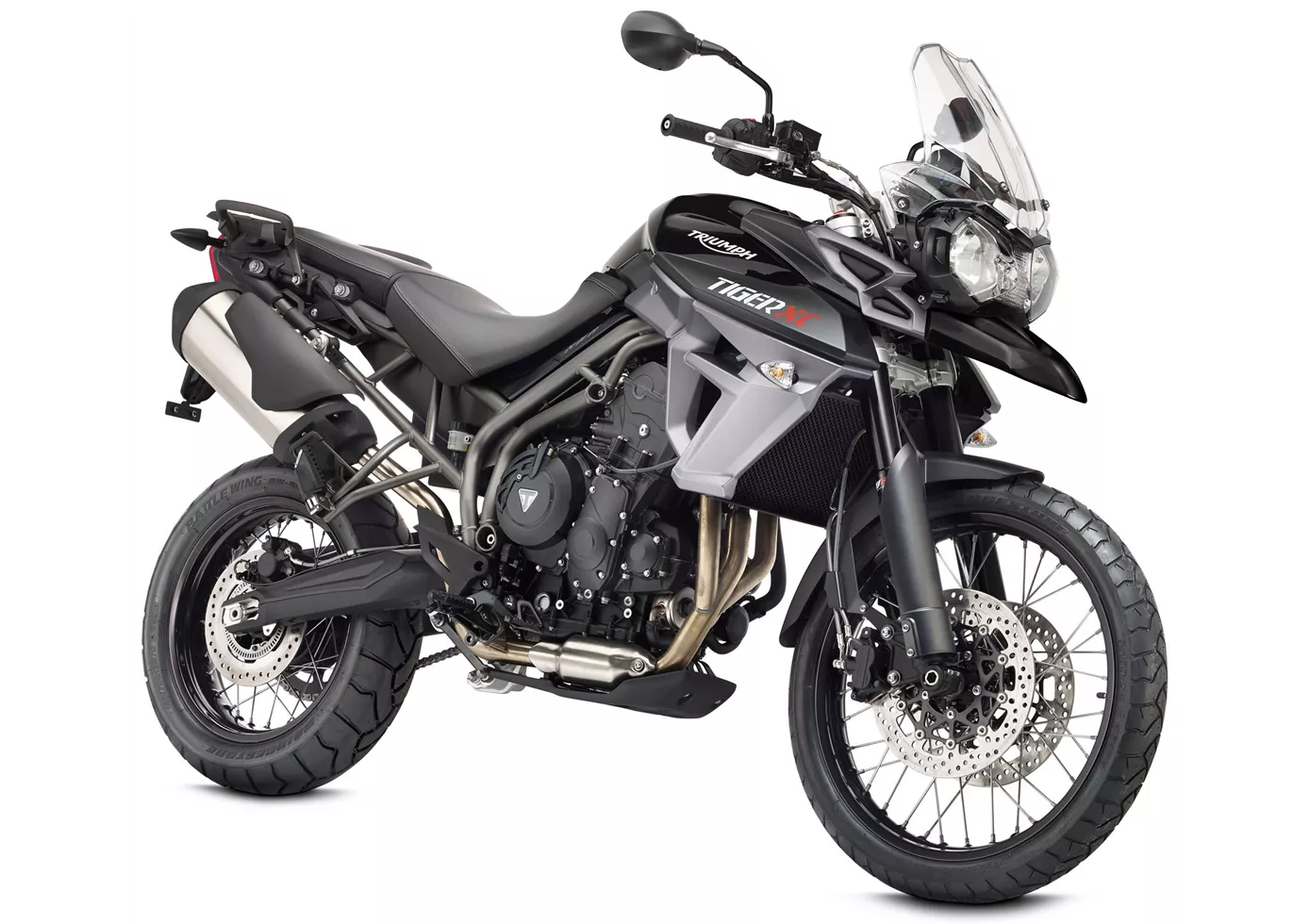
The new edition of the Tiger 800 XC can be considered quite successful. Even the "conventional" version can do much more than its predecessor thanks to the ride-by-wire system and standard traction control and ABS (both can be switched off). However, if you want to venture off-road more often, which is definitely what the designers had in mind thanks to the large wheels and spoke rims, you should choose the Tiger 800 XCx, which costs just under 1000 euros more. Thanks to the freely selectable riding modes, the x-version can be optimally tuned to the respective terrain. In addition, there is an engine guard, self-resetting turn signals, cruise control, main stand, underride protection, an additional 12V socket and hand protectors - which probably more than justifies the extra charge.
Price Comparison Avarage Market Price BMW F 750 GS vs Triumph Tiger 800 XC
There are a few key differences between a BMW F 750 GS 2018 and a Triumph Tiger 800 XC 2016. There are the same number of bikes of both models available on the 1000PS.de marketplace, specifically 5. It takes less time to sell a BMW F 750 GS with 77 days compared to 112 days for a Triumph Tiger 800 XC. Since model year 2018 1000PS.de editors have written 23 reviews for the BMW F 750 GS and 16 reviews for the Triumph Tiger 800 XC since model year 2011. The first review for the BMW F 750 GS was published on 07/11/2017 and now has more than 54,400 views. This compares to more than 8,200 views for the first review on Triumph Tiger 800 XC published on 01/11/2010.


